

We provide expert clipping path services for ecommerce and photographers across the USA, Canada, and the UK. Turn ordinary photos into revenue generating visuals with our expert image editing services.
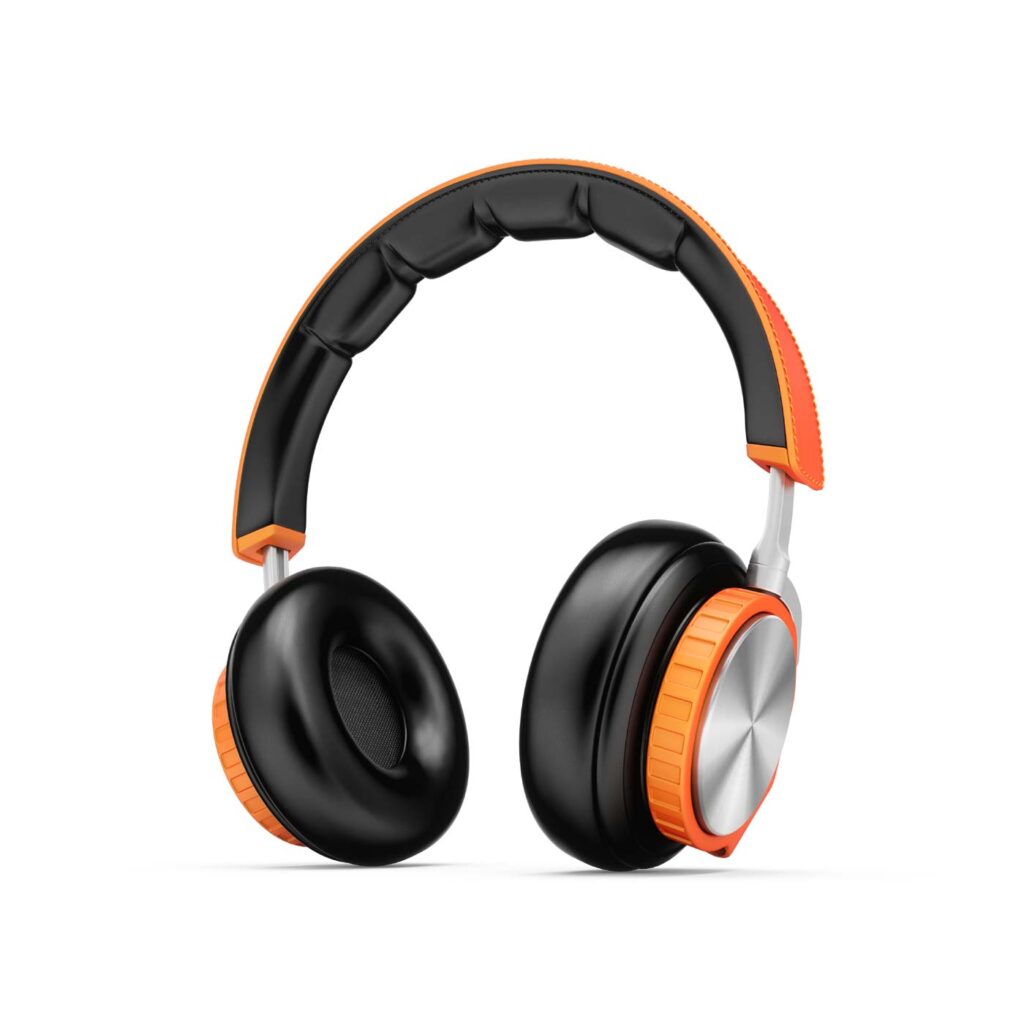
Clipping path service is a professional photo editing solution where skilled designers uses Photoshop to cut out, refine, or isolate objects for high-quality images. This technique is essential for removing unwanted backgrounds and making product photos look clean, professional, and ready for online display.
As a professional clipping path service provider company, CPA ensures top quality through precise hand-drawn paths and 3-step quality checks. We believe every image tells a story, and our goal is to help brands present their products with clarity, confidence, and authenticity that drives customer trust.
Partnering with CPA means gaining a reliable post-production ally dedicated to delivering consistent, retail-ready images that meet the demands of modern e-commerce. Our process-driven approach ensures accuracy, fast turnaround, and visual consistency that strengthens your brand image and improves online conversion performance.
We are committed to making your professional photo editing services outsourcing hassle-free.
Upload sample images with instructions to evaluate our Photoshop service quality and receive a quotation.
We'll confirm all project details together, covering the exact scope of work, delivery timeline, and final pricing.
Upon completion and internal quality control checkup, we'll deliver the finished files to you for final approval.
Upon client satisfaction, we issue and send the invoice, which is then followed by payment for the service.
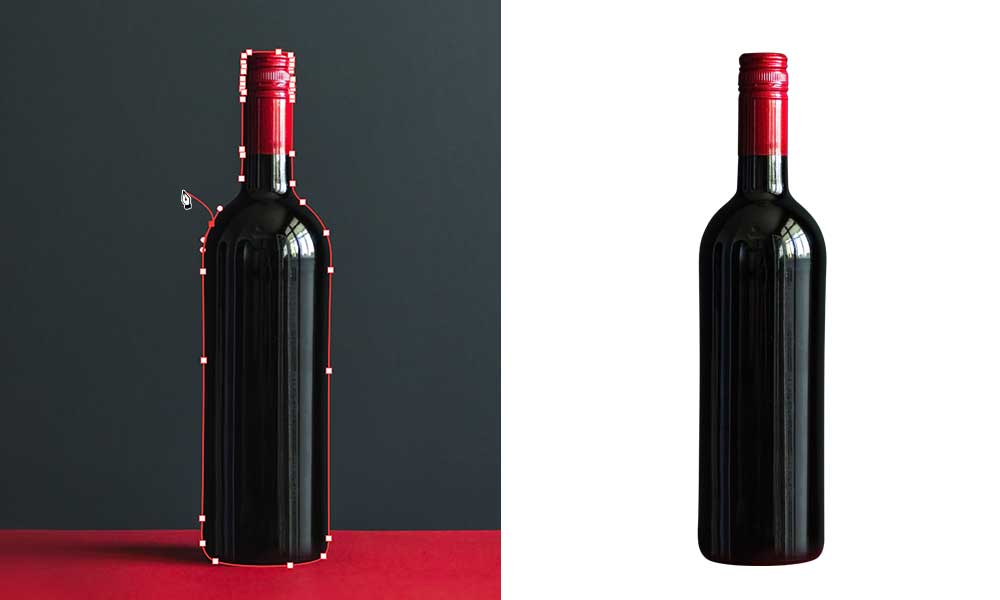
Editors often call it a single-layer clipping path. These images are very straightforward, rectangular, and circular. Editors require only one layer for outlining.
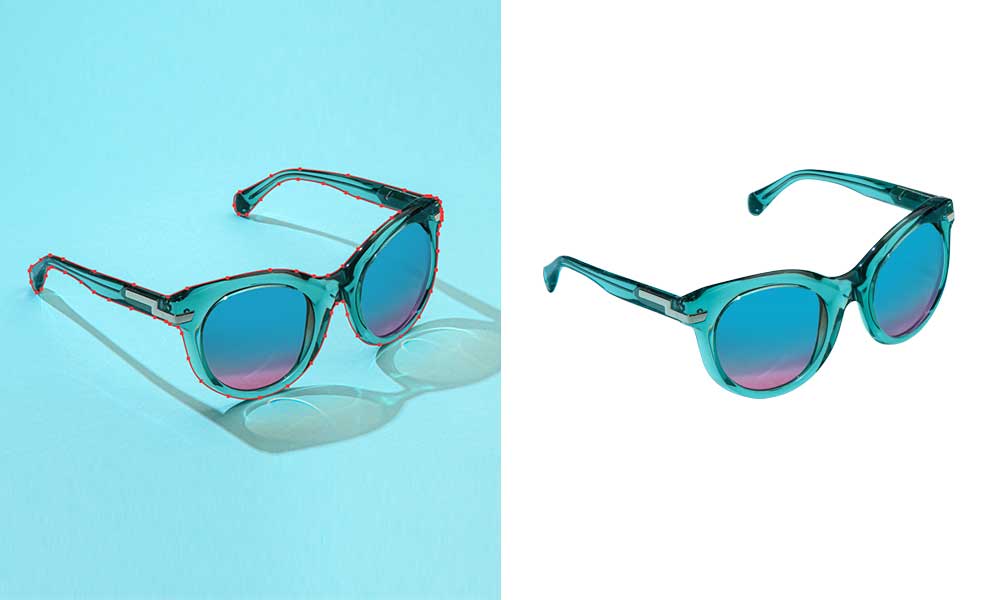
It is almost the same as the basic clipping . The only difference is these images may contain some holes, and we may need to add one or two layers for outlining.

If the product images have several curves, holes, and twists, we often need more anchor points than simple images for clipping service.
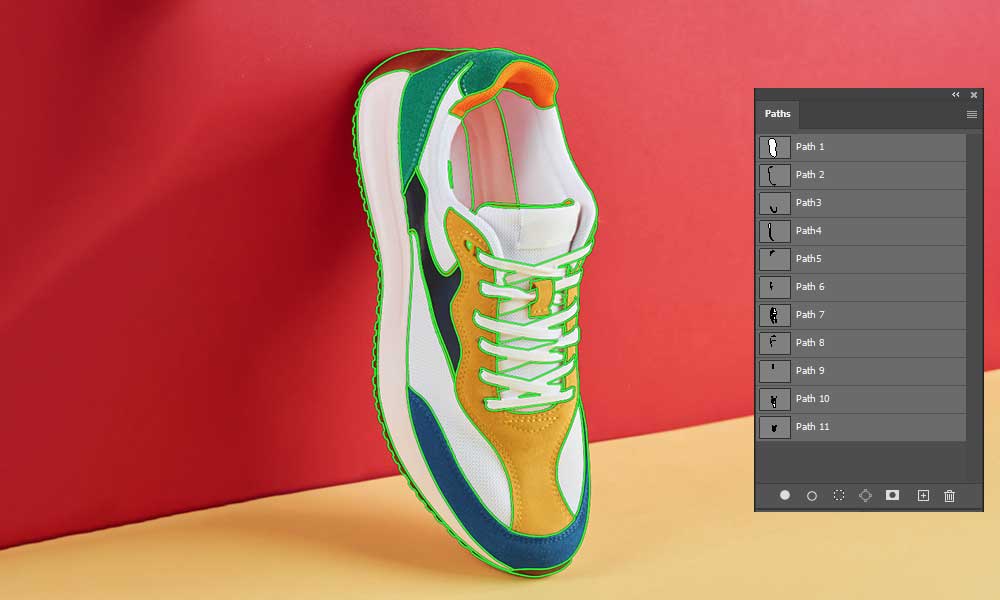
If we need to separate each element of a particular image, we create separate layers for each element. Generally, image editors call it multi clipping.
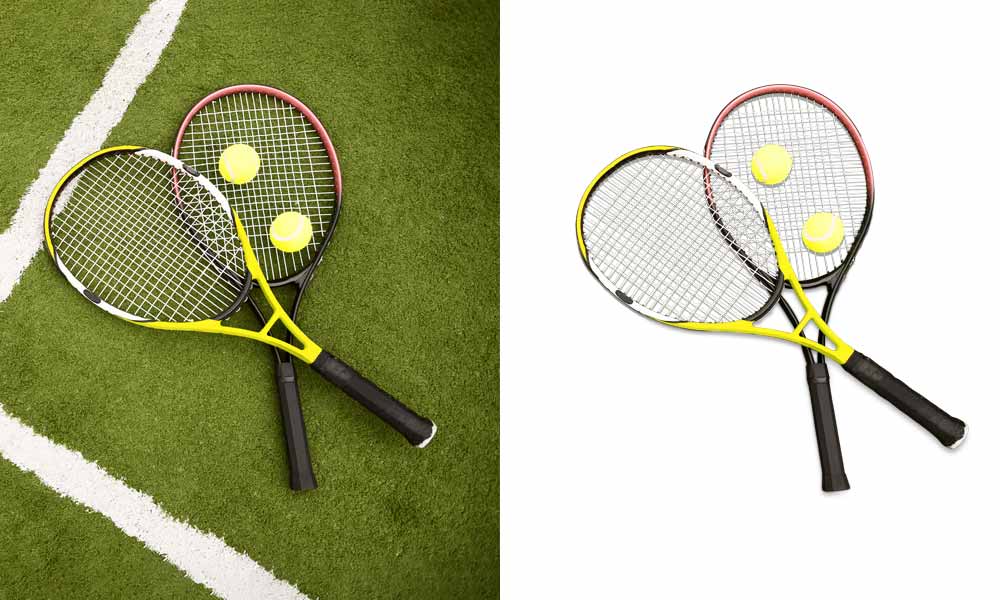
These images contain many holes, complex shapes, and curves. If the image contains more than ten holes and many closed paths, we set it in a complex clipping path.

The difference between complex and super complex is using anchor points. The holes, curves, and closed paths are uncountable in super complex images.
Our clipping path experts blend technical precision with process reliability, ensuring every image is edited to the highest e-commerce and photography industry standards.

50+ skilled Photo editors

24/7 customer support

100% Satisfaction Guarantee

On Time Delivery

Pixel Perfect Editing Everytime

1000+ Image Processing Capacity daily
CPA focus on precision and reliability. We provide hand-drawn clipping path services and e-commerce image editing services. Our professional team ensures pixel-perfect results in each image.
Our basic image clipping service costs $.30 for each image. However, we always suggest using our free trial options to know the actual pricing for your project. Actual pricing may vary depending on image complexities, volume, and turnaround time.
We have a dedicated team for hand-drawn photo editing services. And for monitoring, we have 5 team supervisors. They always instruct team members to ensure better quality results. Our advanced team handles all advanced editing like retouching, manipulation, mannequin removal, shadow creation, and more. Thus, we provide high-quality results on time, every time.
Our standard delivery times for each project are 24 hours to 48 hours. You will receive files within this turnaround time. However, we can deliver projects within 6 hours if you need faster service.
Our human customer support team works 24/7 to provide better customer experiences. You can contact us any time on any day.
We’ve earned our reputation as a top photo editing company. Clients trust us for consistent quality and reliable service. Our team has combined 100+ years of experience in image editing services.
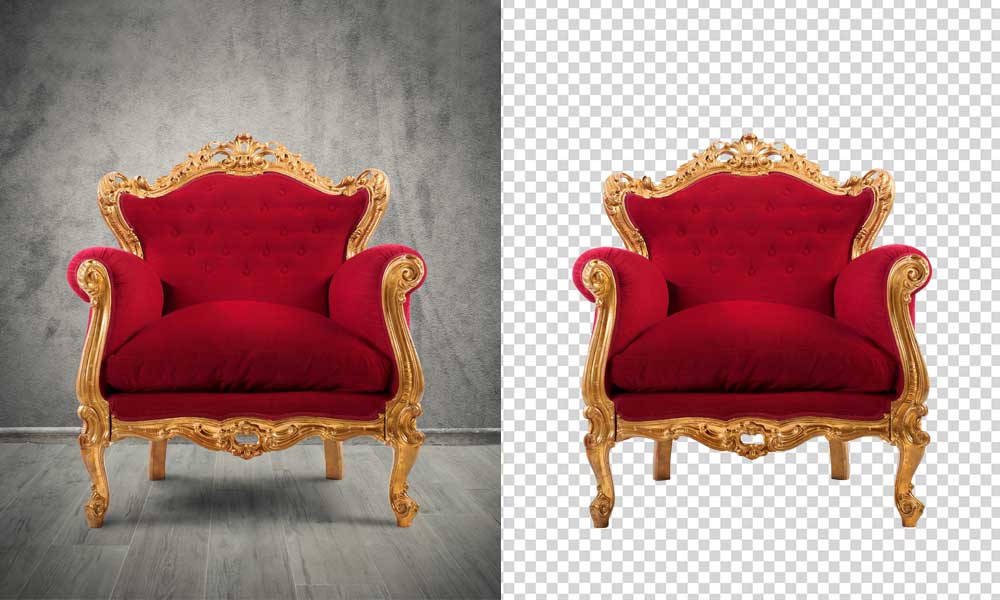
We provide background removal and background replacement services with pixel-perfect editing. Here, we apply image clipping, image masking techniques, and sometimes both to get the best results.

CPA provides complete ecommerce image editing solutions for ecommerce store owner, product photographers. We enhance and optimize product images for websites and marketplaces like Amazon, Etsy, and more

With the masking technique, we handle complex images with intricate edges. We create smooth transitions that keep your subjects looking sharp and clear. This service is perfect for products with fine details, such as hair or lace.

Our Ghost Mannequin Effect Service helps you showcase apparel in a clean, 3D, and professional style—without visible mannequins. We give your clothing a natural shape.
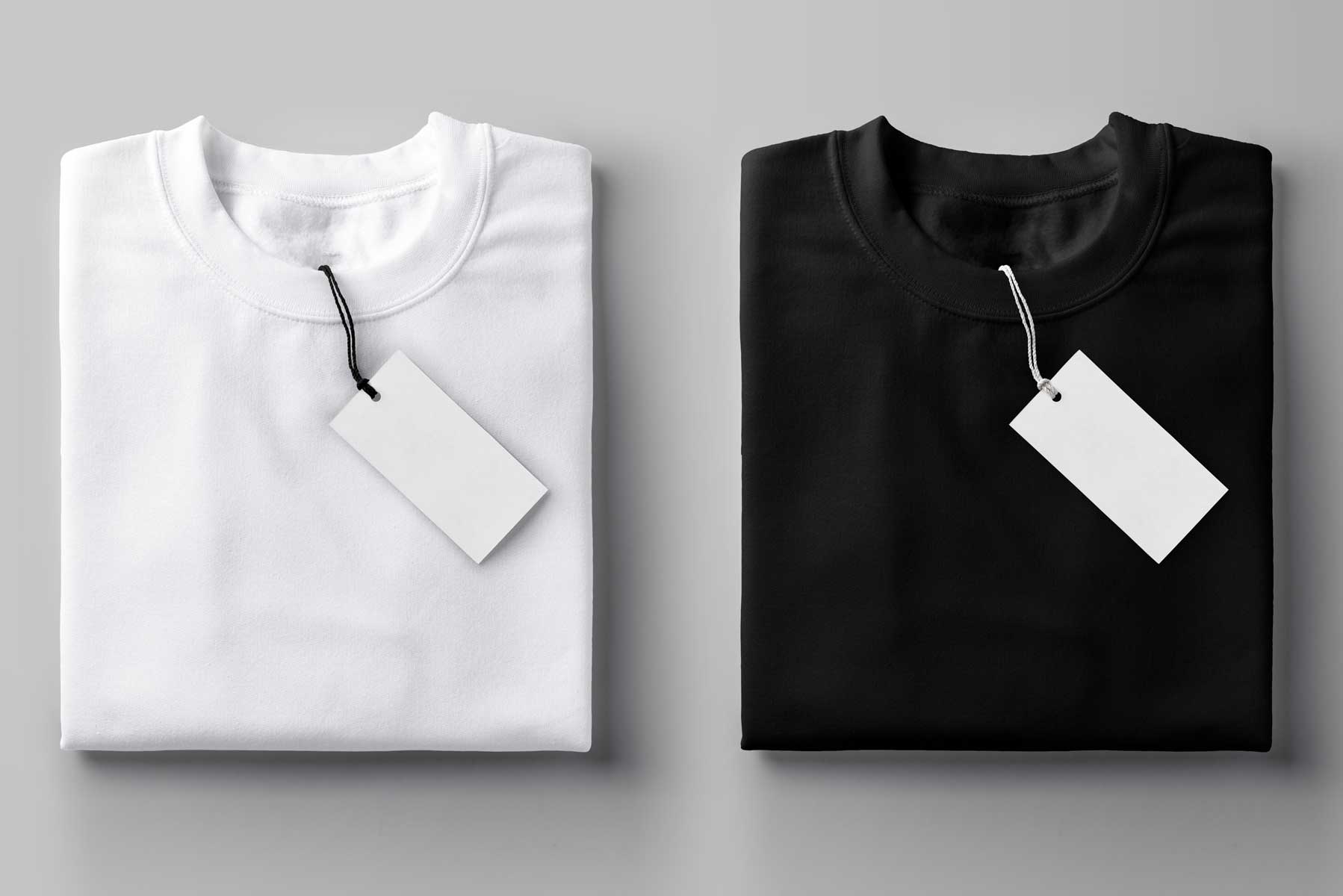
Our Color Correction Service ensures your images have the perfect tone, balance, and consistency. Whether it’s adjusting brightness, contrast, or matching brand colors, we fine-tune every detail.

Our Photo Retouching Service enhances images by removing flaws, improving skin tones, and refining every detail. From beauty shots to product photos, we make your visuals look clean, natural, and professional.
You can upload maximum 3 files as a free trial. Proper instructions help to deliver the best results
Clipping path is a photo manipulation technique to draw a vector path around an object using the Photoshop pen tool. It involves drawing a precise outline (or “path”) around the subject using the Pen Tool in Photoshop. This allows for clean image cut-outs, background changes, or placing the subject on a transparent or new background.
Outsourcing image editing saves you time, reduces costs, and ensures professional results without needing in-house resources.
You get access to skilled editors, Photoshop clipping path and image retouching who can handle bulk work with speed and precision. It lets you focus on growing your business while experts deliver high-quality, polished images.
Yes, we can handle bulk orders. Whether you require a few images edited or a large batch processed, we have the capacity and expertise to handle the workload efficiently.
We allow various image file formats like JPG, PNG, PSD, and TIFF. You can send any type of format mentioned here.
For web uploads the file size should not be over 64 MB. However, for drive uploads there is no limit.
Yes, we can provide faster service. However, you must inform it before working on the project. Otherwise, you will receive files maintaining standard delivery times.
Testimonials
A great collaboration with clipping path action. After a clear explanation, from my side, we always end up with the desired result. This cooperation is there fore worth repeating and will remain a long-term co-operation for the time being.
Product Photographer, California, USA
They provided an excellent service, their communication was superb and the final product was just as I requested. They were also very helpful when I ask for something outside the original scope of work. I highly recommend his services and I will be using them again
Product Photographer, New York, USA
As usual very attention to detail and what I asked to do! Thank you so much again for your help on get my work better!
Fashion photographer, Australia
Excellent job as always. This was a very important rush order and the photos where done perfectly and very quickly.
Photographer, England
Was precise and delivered very high quality work. Would highly recommend for anyone looking for background removal!
Commercial photographer, USA
Excellent communication and follow up, work looks great as always - thank you!
Wedding photographer
The quality and attention to detail were outstanding. They've become an essential part of our workflow.
Photographer
Working with Clipping Path Action was seamless. Their support team was always available, and the results exceeded our expectations.
Marketing Director
WhatsApp us